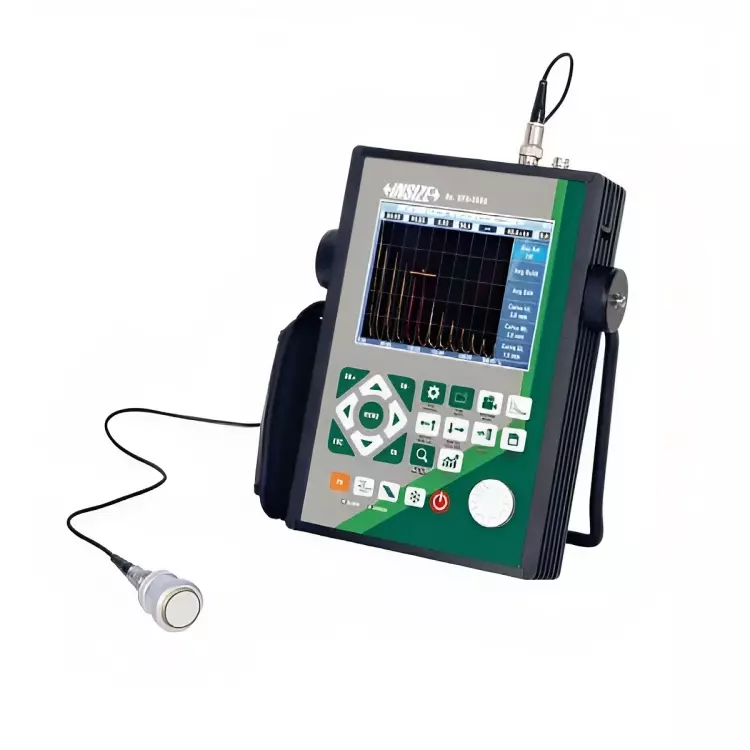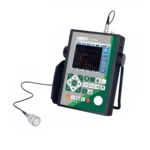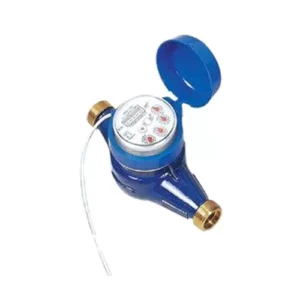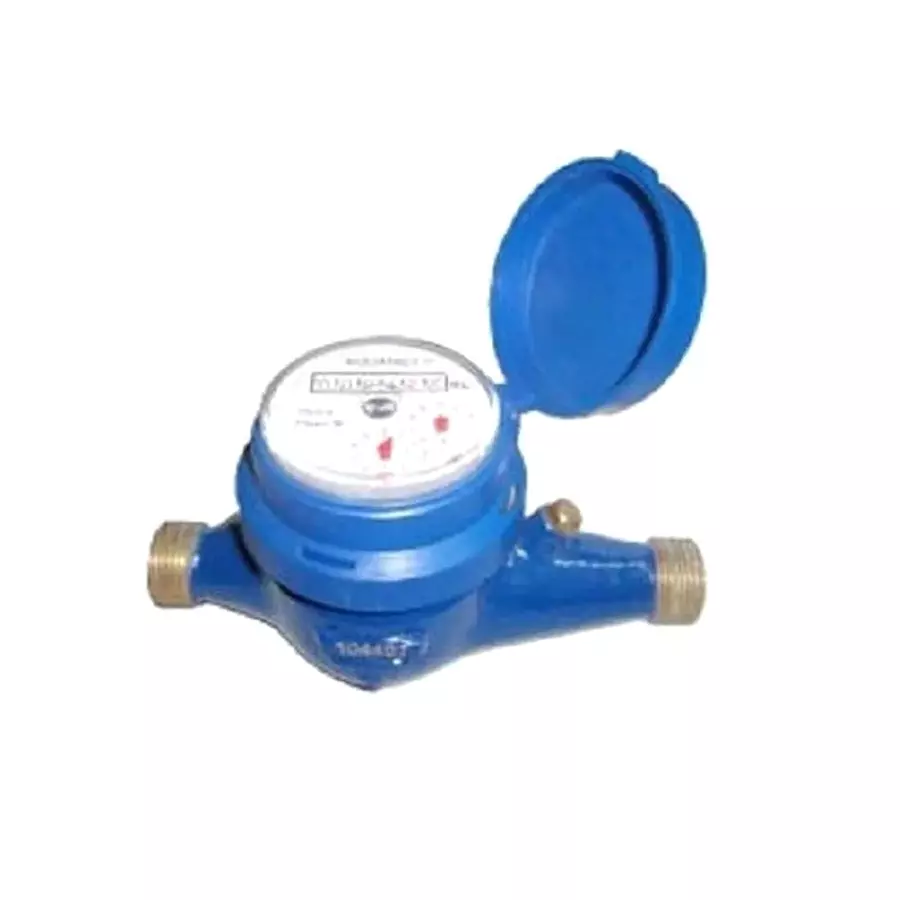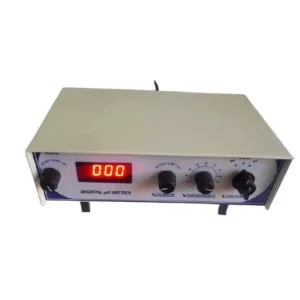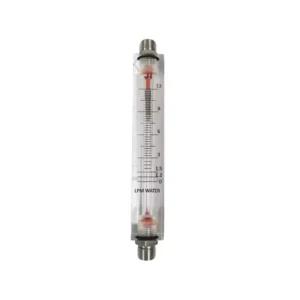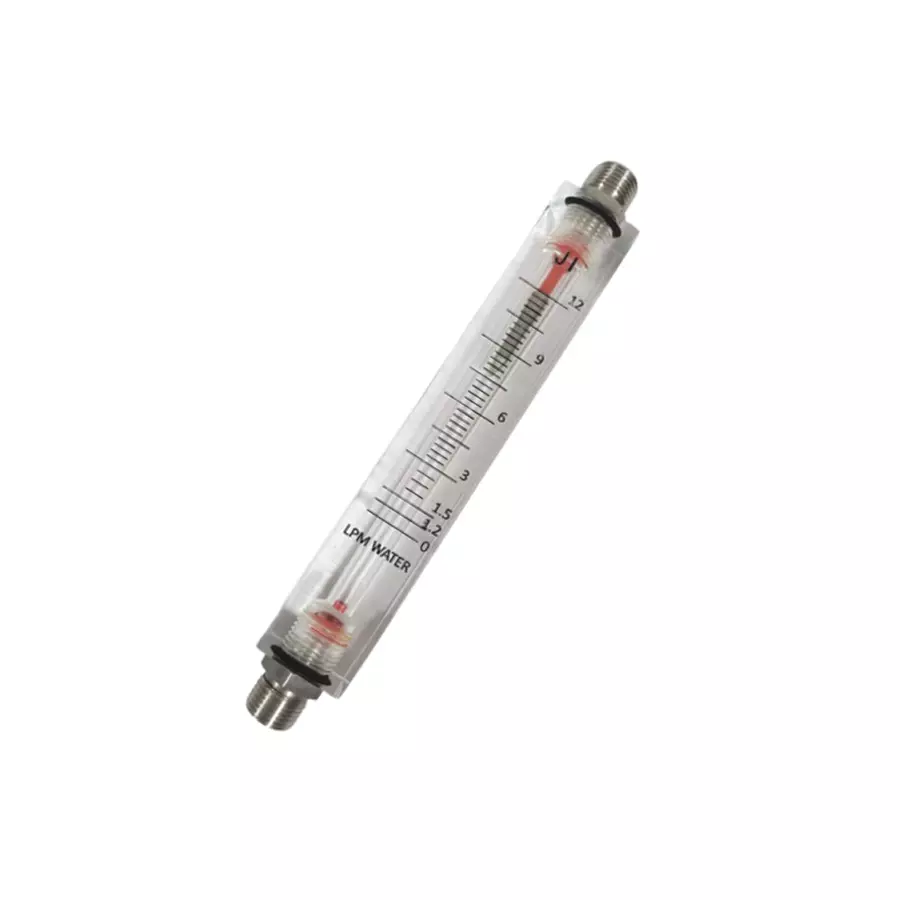Description
Insize UFD-T680 0-15000 mm Measuring Range Digital Ultrasonic Flaw Detector is a sophisticated non-destructive testing (NDT) instrument used to inspect materials for hidden defects or discontinuities, primarily in metals and composites. It relies on the principles of ultrasonic testing, a technique that uses high-frequency sound waves to detect and characterize flaws, such as cracks, voids, inclusions, or thickness variations, within a material.
Key components of a digital ultrasonic flaw detector include a transducer or probe, a pulser-receiver, a display screen, and advanced signal processing capabilities. Here’s how it works:
Transducer: The flaw detector sends high-frequency ultrasonic pulses into the material being inspected through a transducer. The transducer converts electrical energy into sound waves and also receives the returning echo signals.
Pulser-Receiver: This component generates the high-energy pulses needed for ultrasonic testing. It controls the timing and amplitude of the transmitted pulses and amplifies the weak returning echo signals.
Echo Signals: When the ultrasonic waves encounter a material boundary or a flaw, some of the energy is reflected back to the transducer as echo signals. The time taken for the echo to return and the amplitude of the signal provide information about the depth, size, and type of the flaw.
Display: The digital flaw detector displays the received signals in a visual format, typically on an LCD screen. Operators can see the A-scan, B-scan, or C-scan representations, depending on the unit’s capabilities. These displays help inspectors interpret the results effectively.
Signal Processing: Digital flaw detectors offer advanced signal processing capabilities, such as filtering, gain adjustment, and data storage. These features enhance the inspector’s ability to detect and analyze flaws accurately. Some models may also provide real-time data analysis and reporting options.
In summary, a Digital Ultrasonic Flaw Detector is a critical tool for quality control and safety in various industries, including manufacturing, aerospace, construction, and oil and gas. Its ability to identify defects hidden beneath the surface of materials helps prevent structural failures and ensures product integrity. The digital aspect of the detector enhances data accuracy, storage, and analysis, making it an indispensable asset for non-destructive testing applications.




